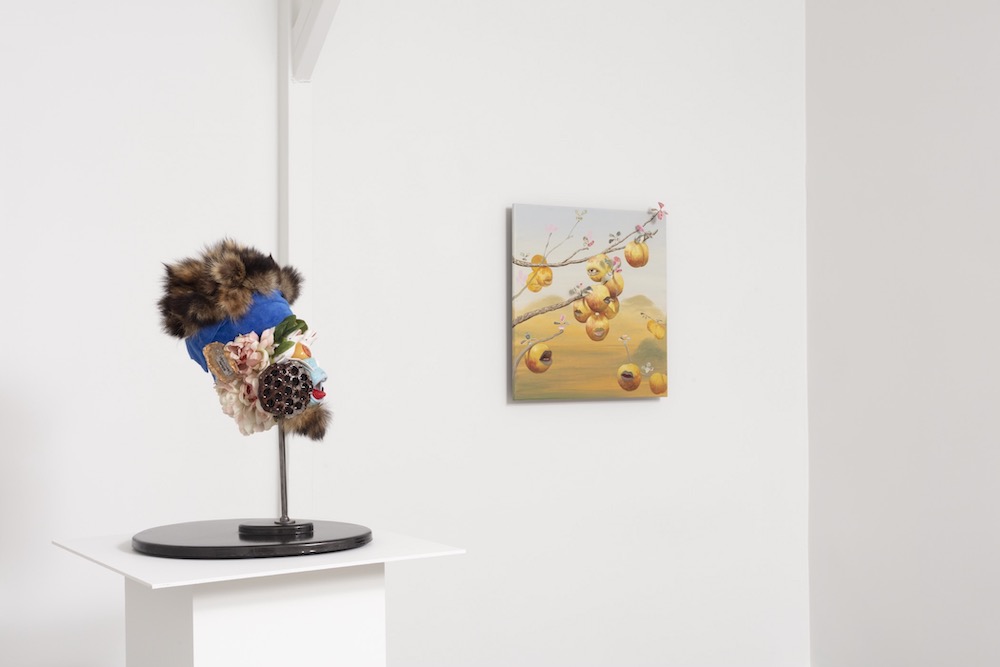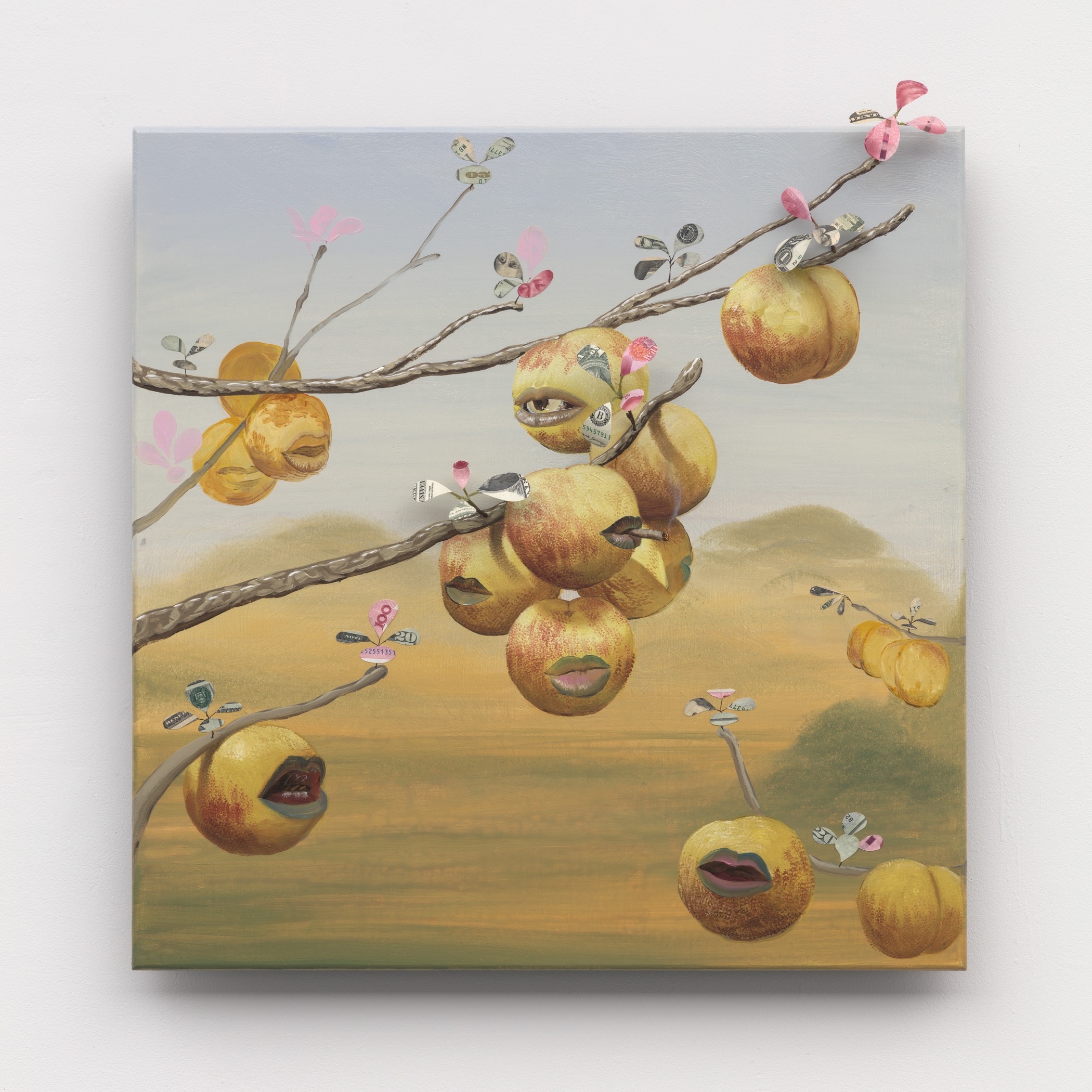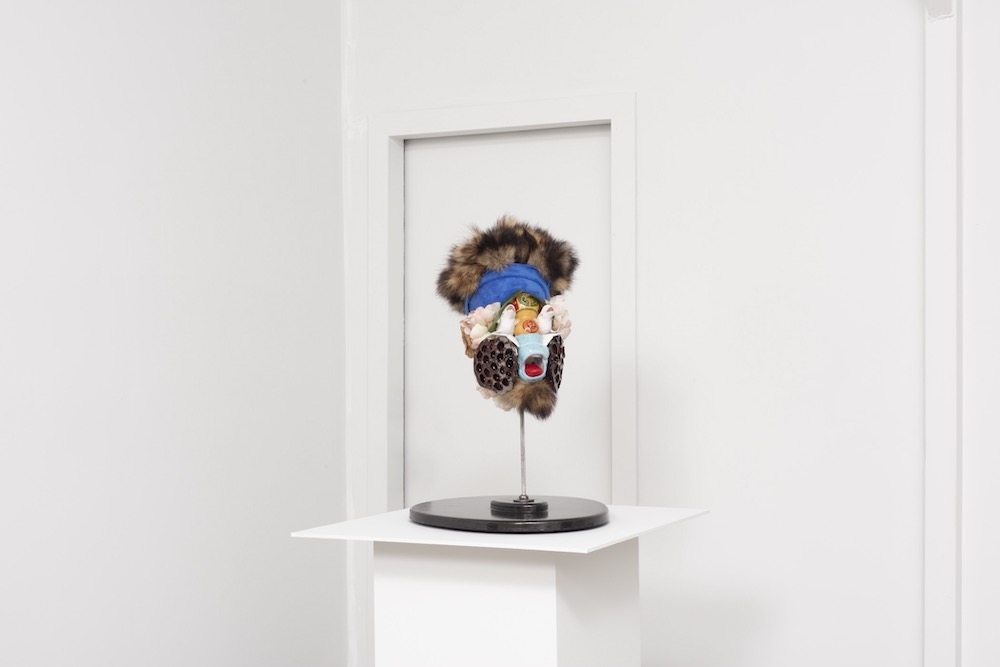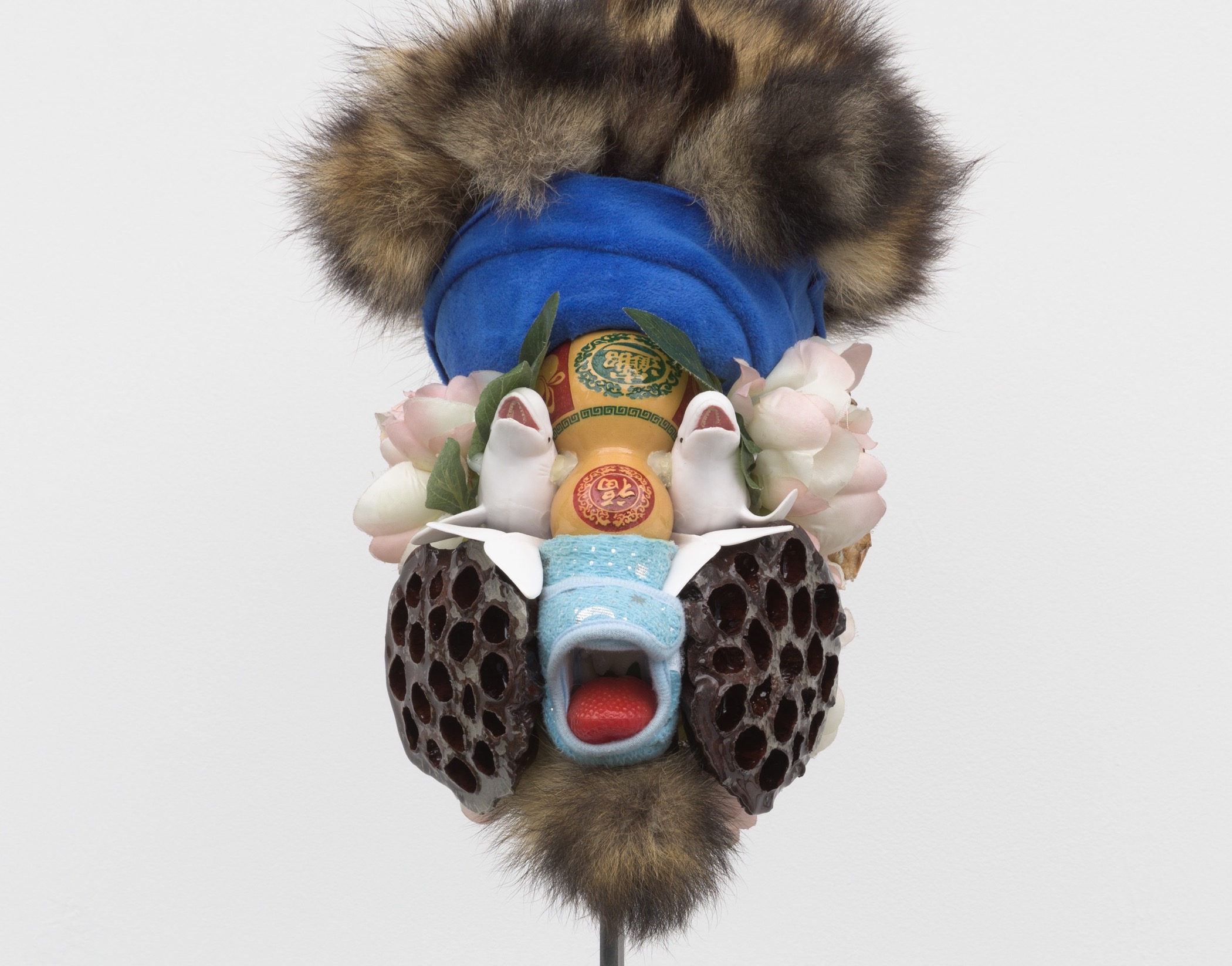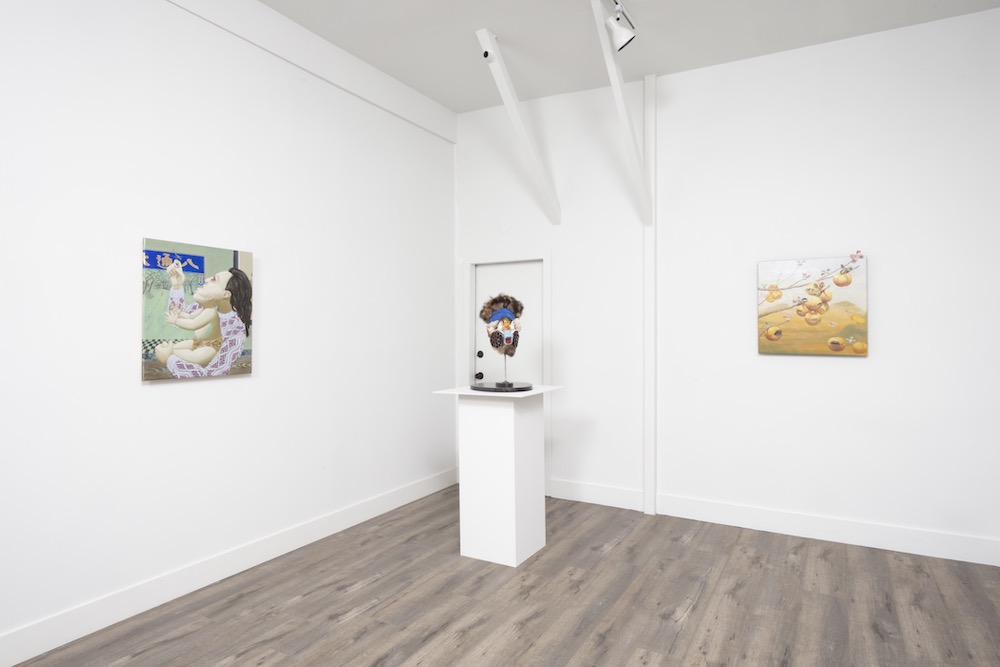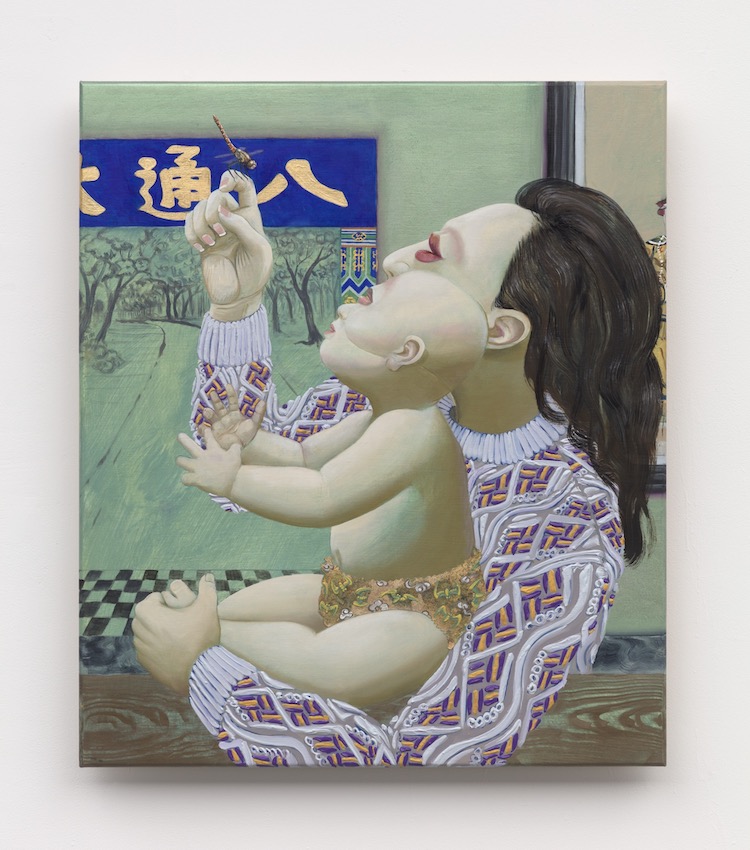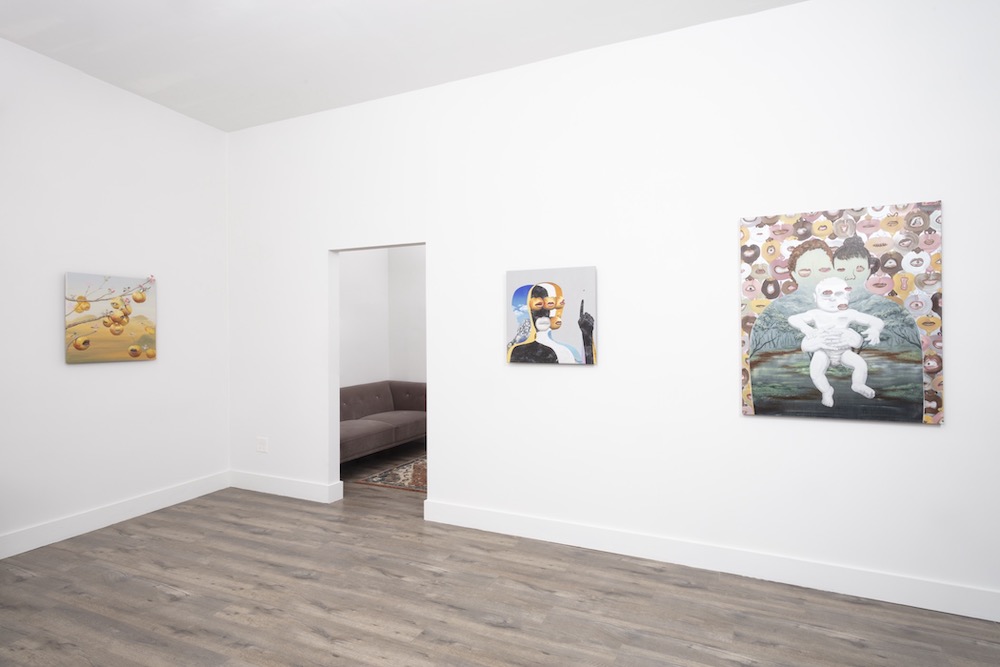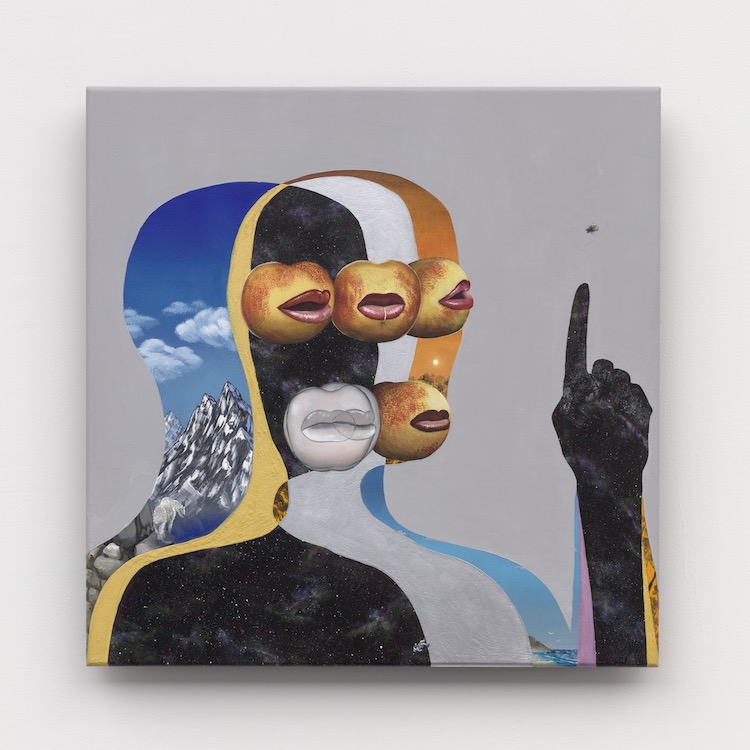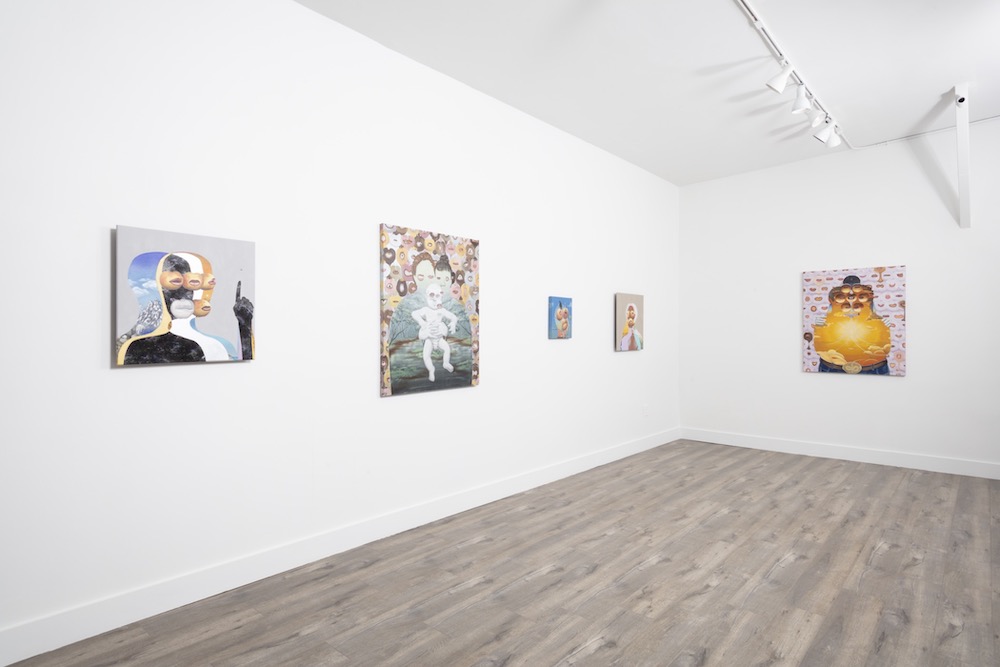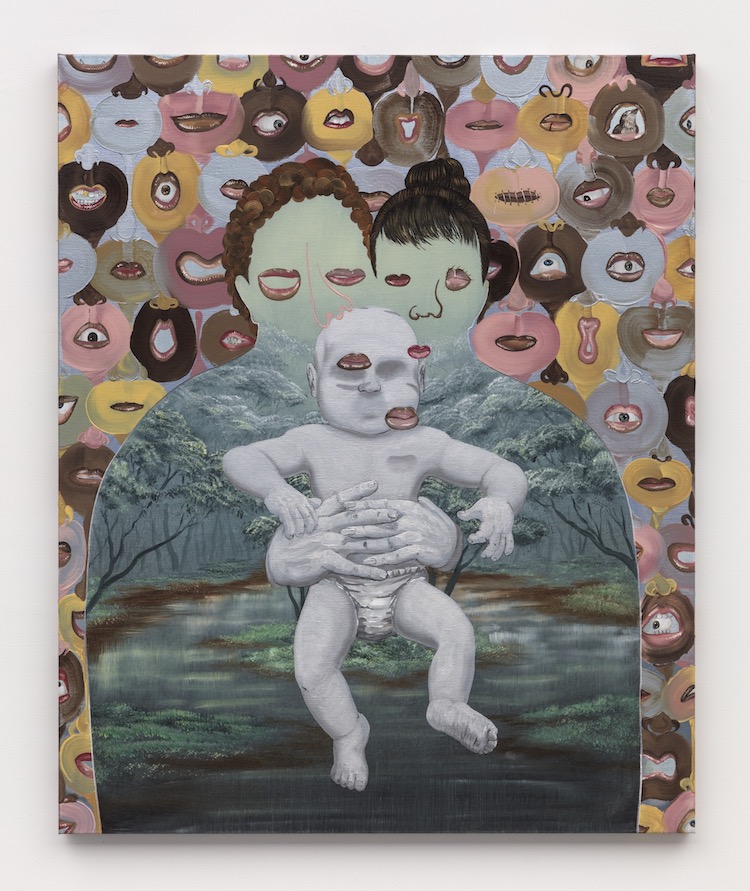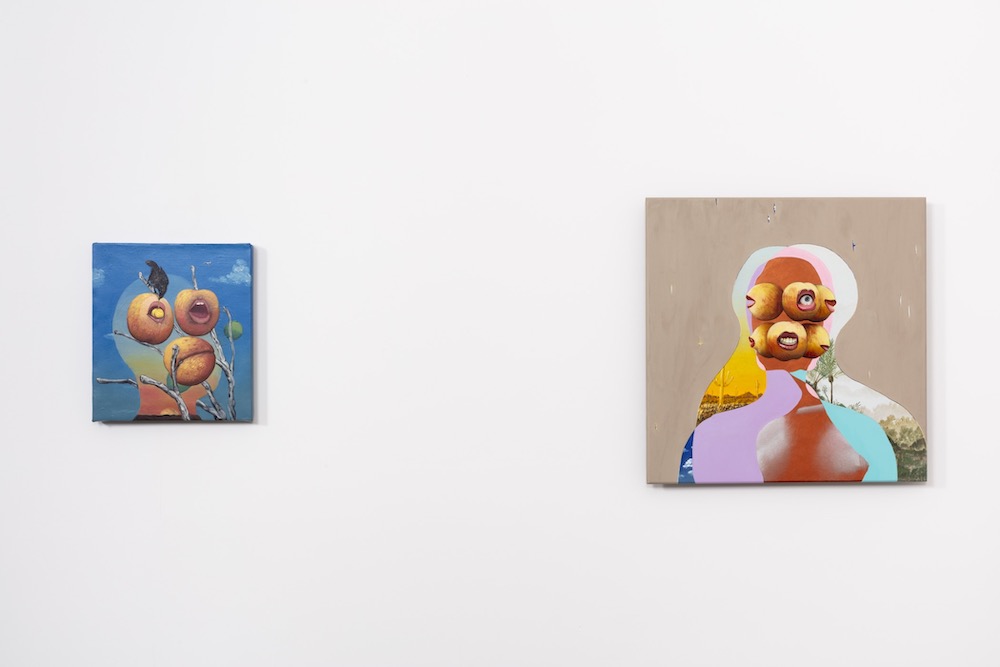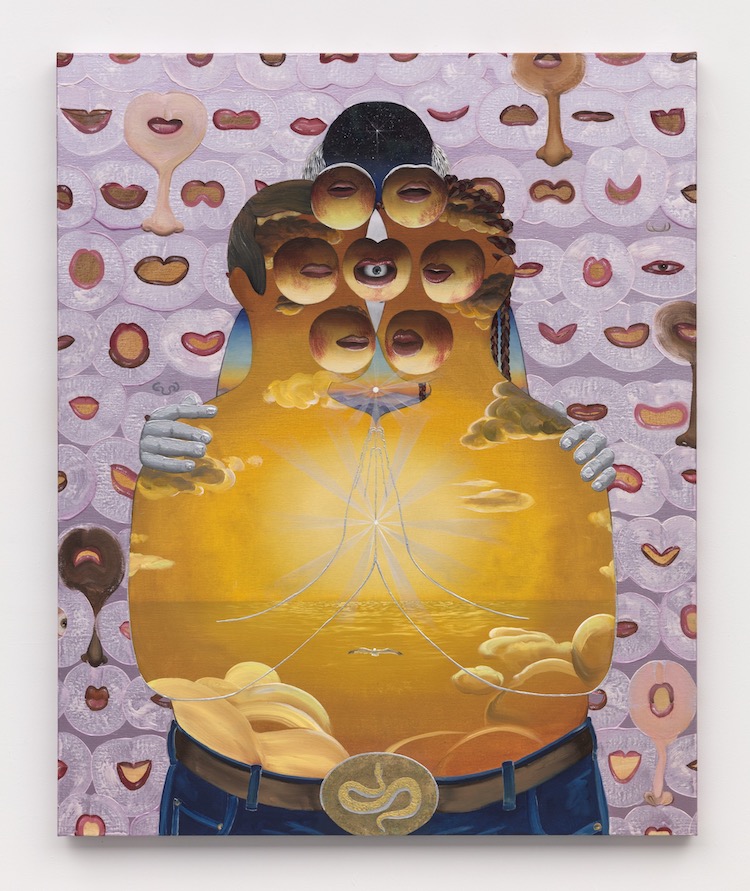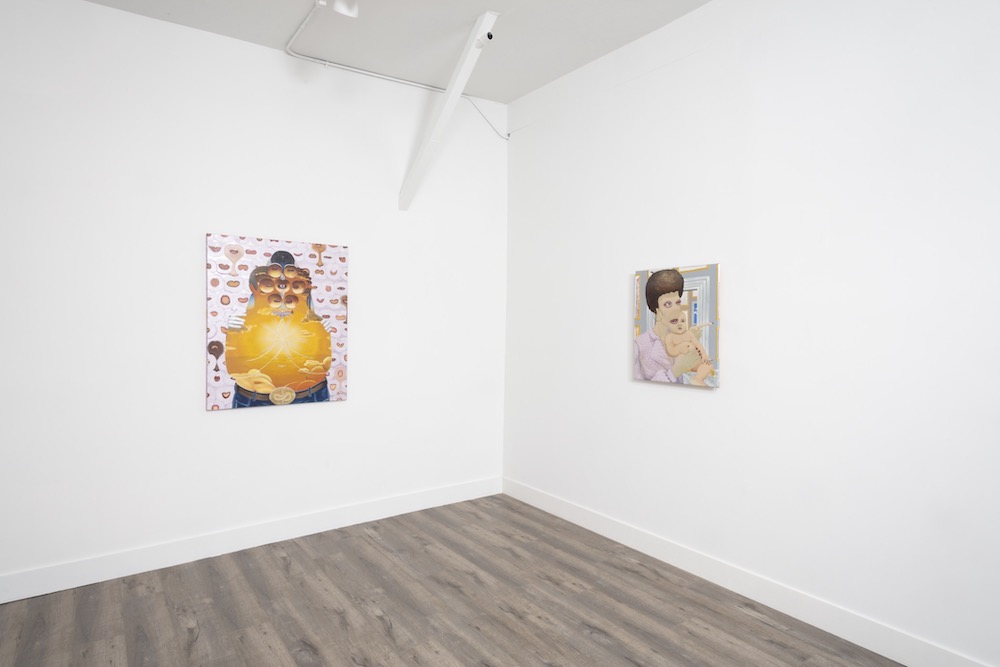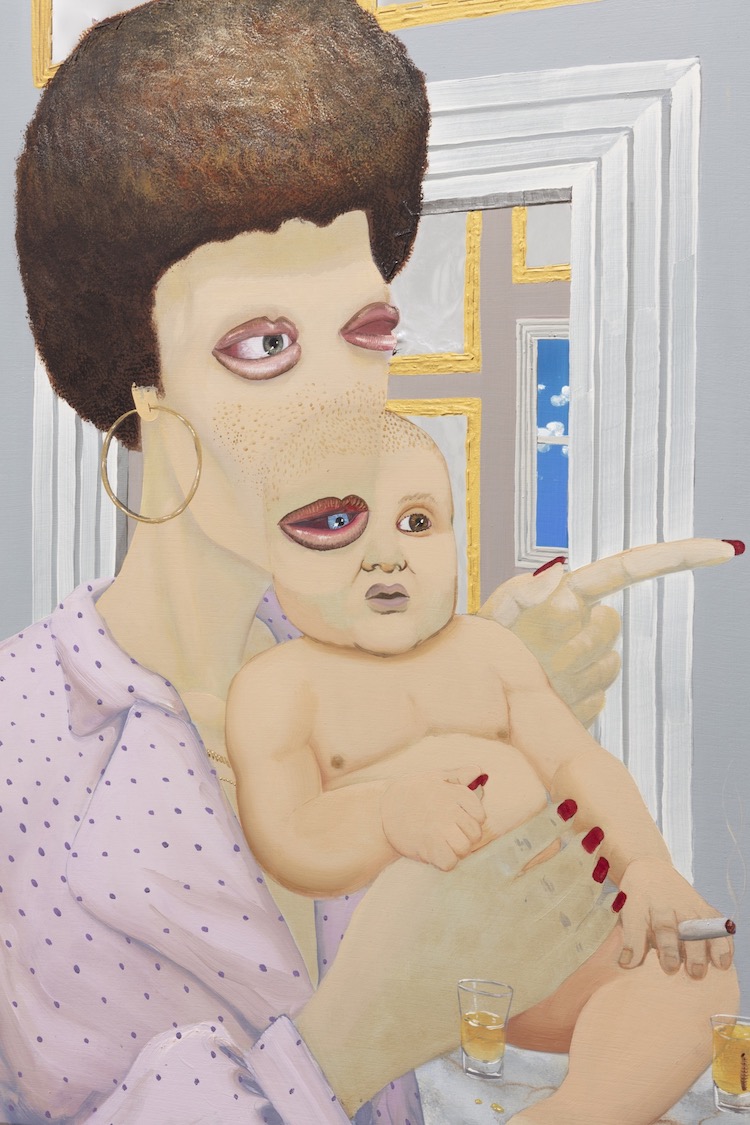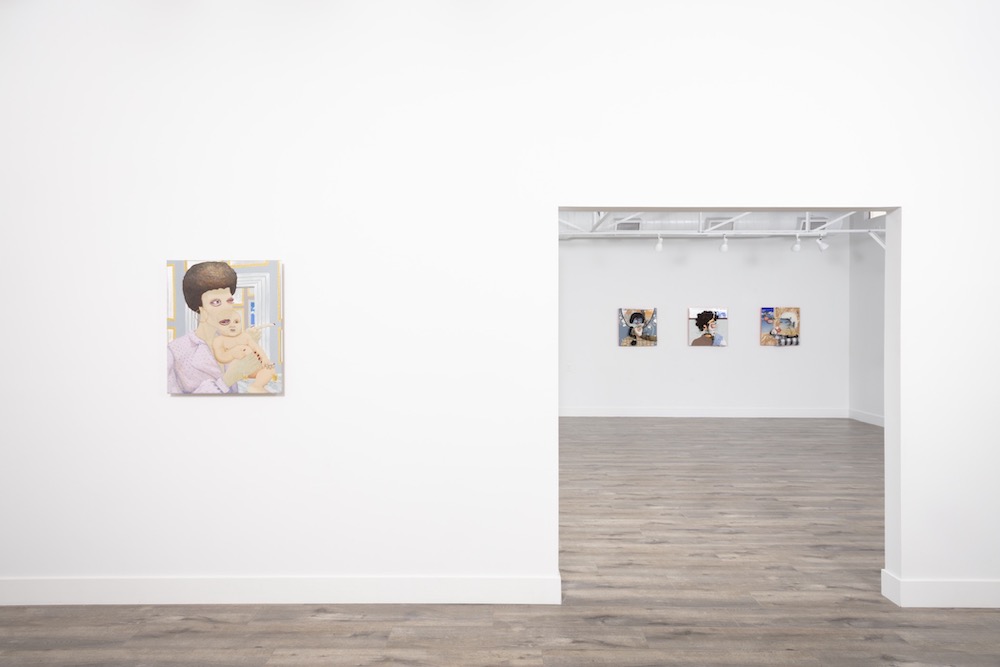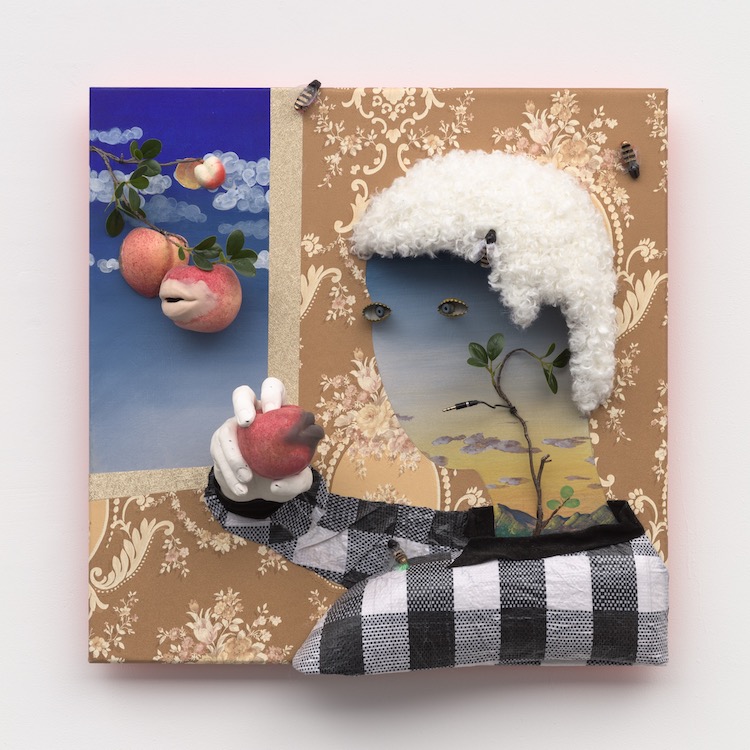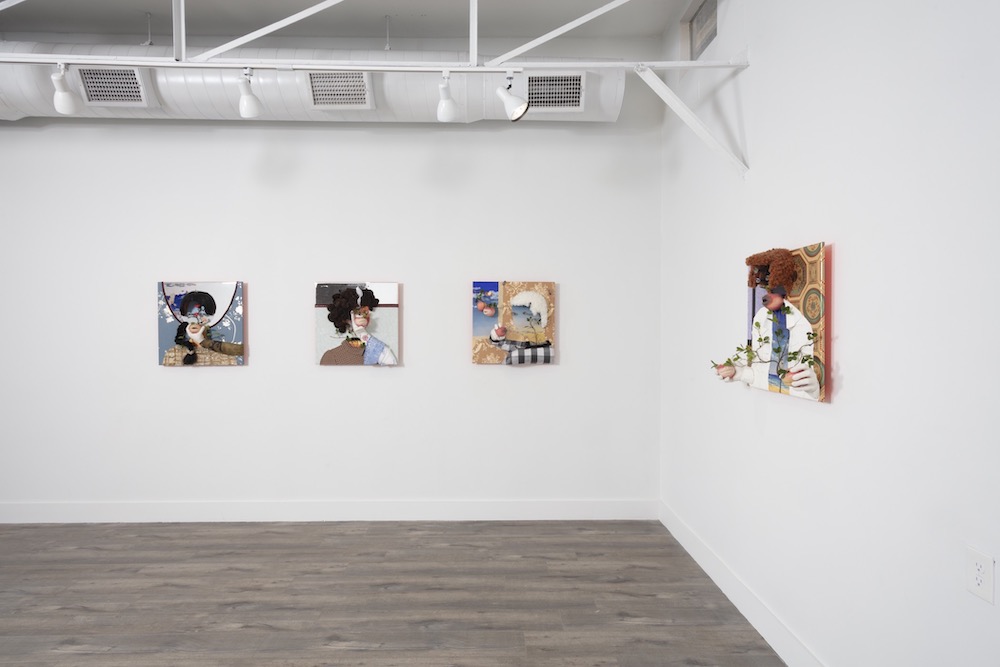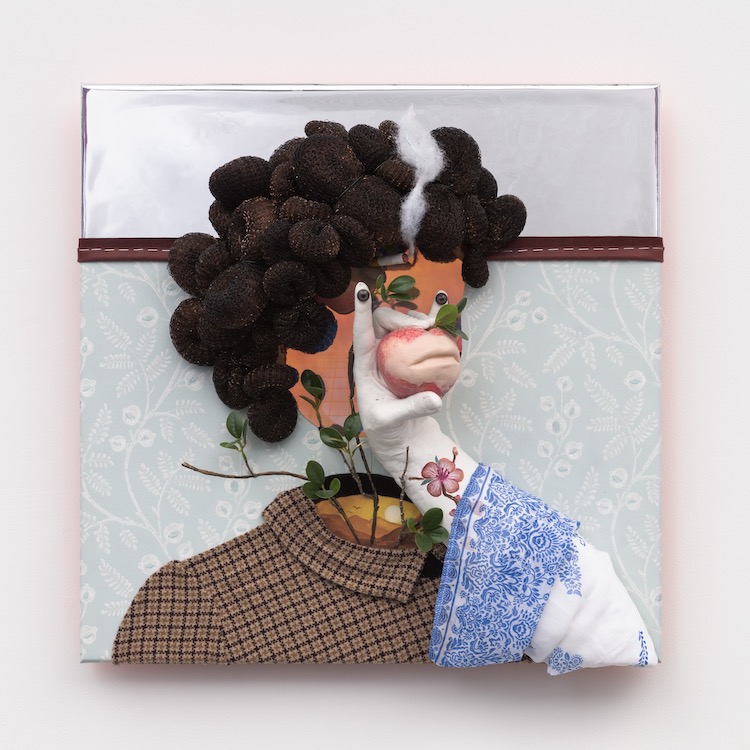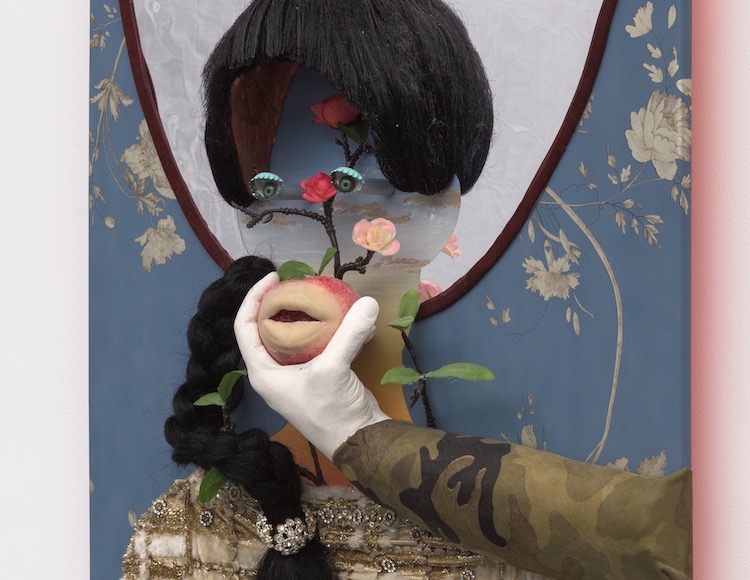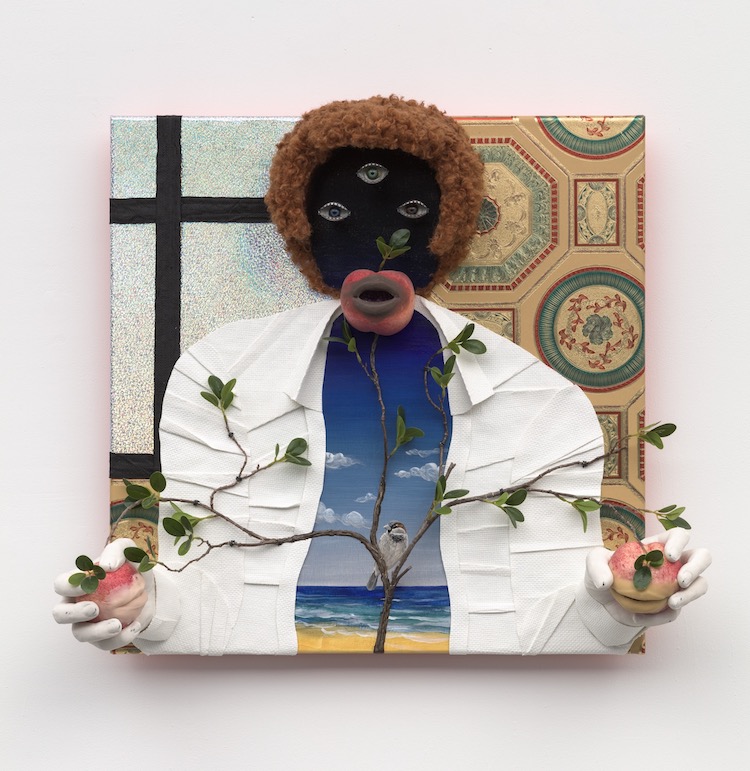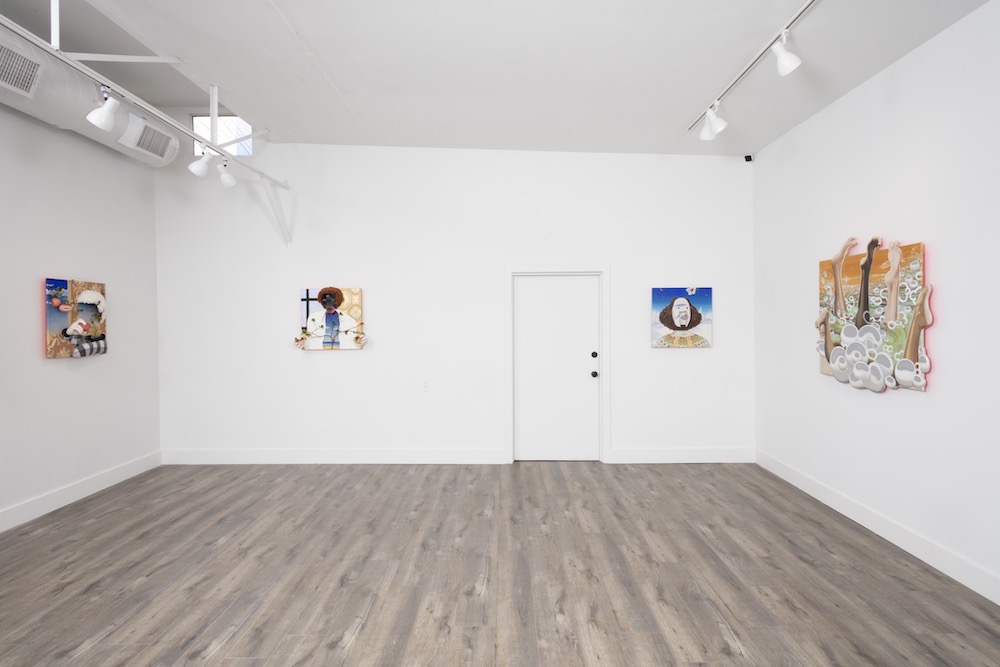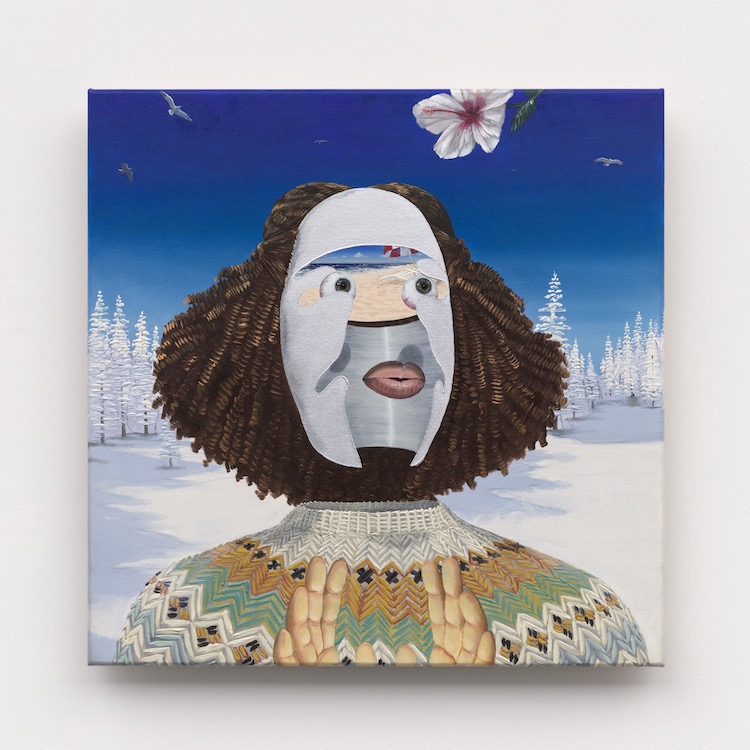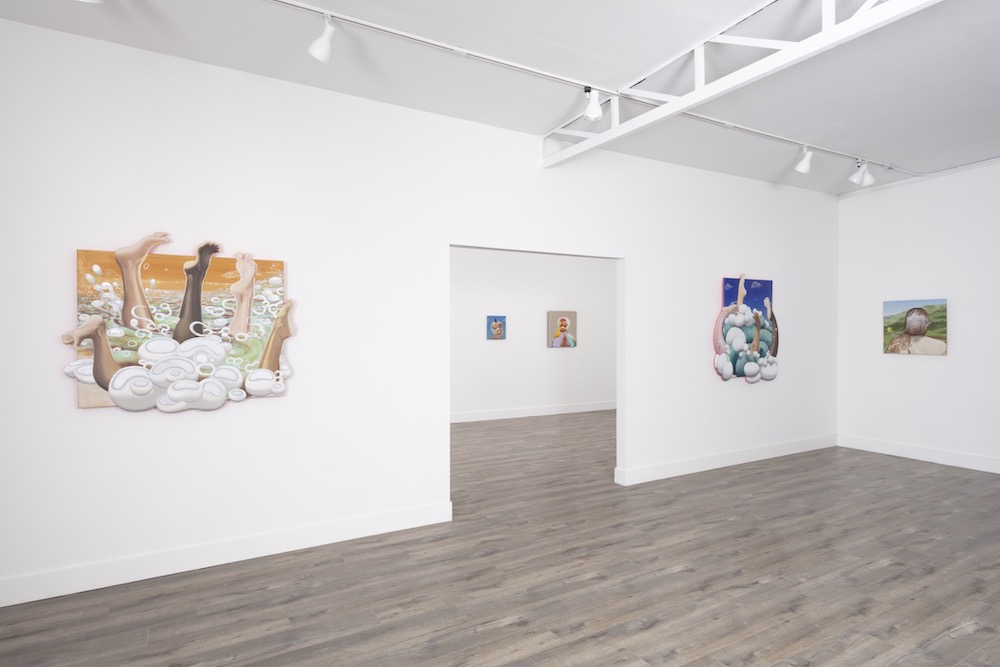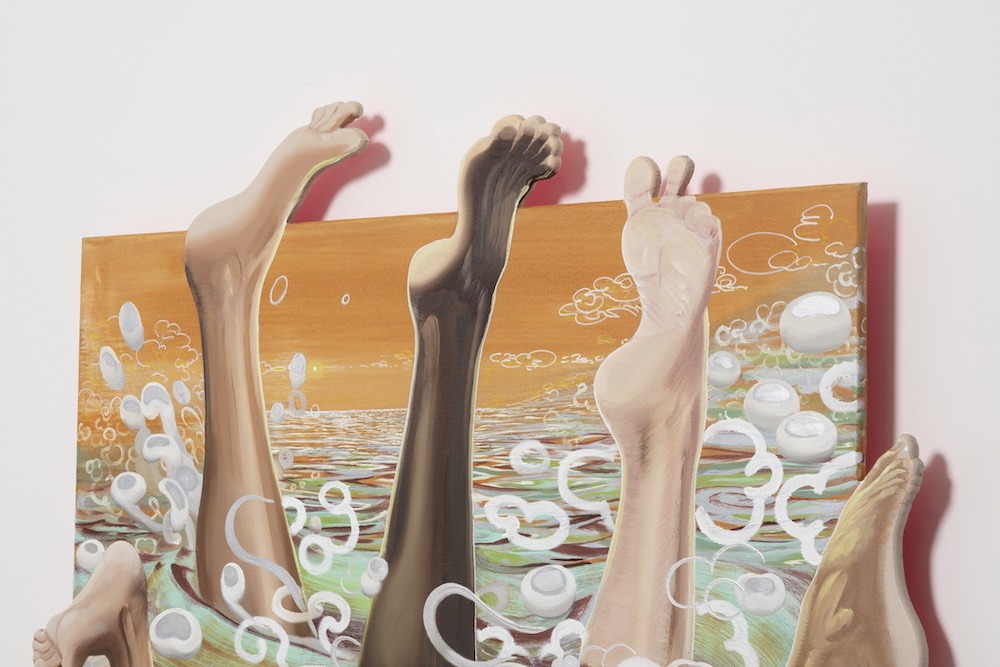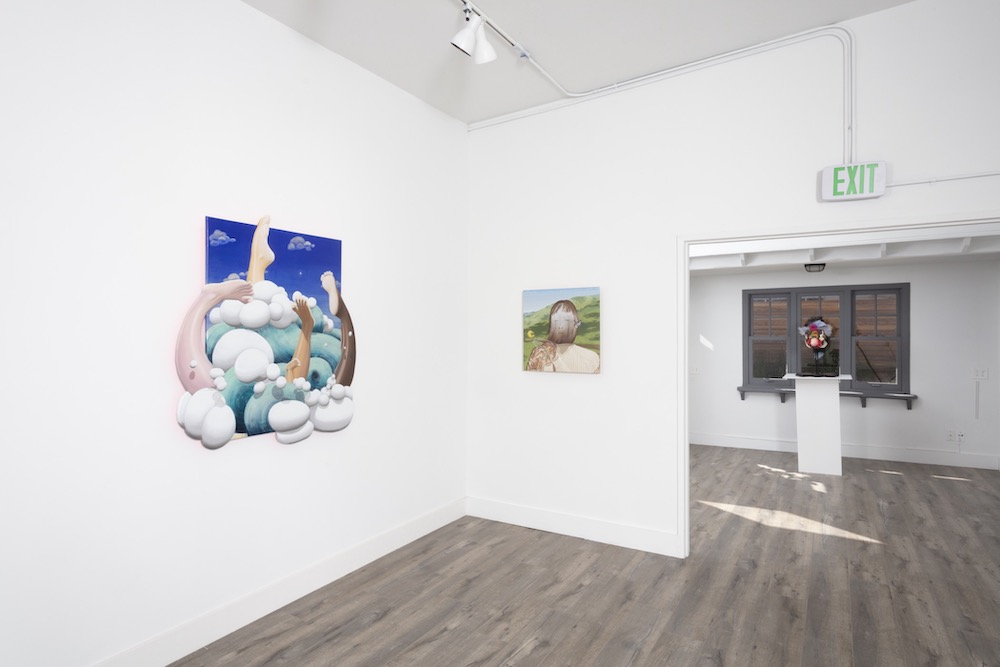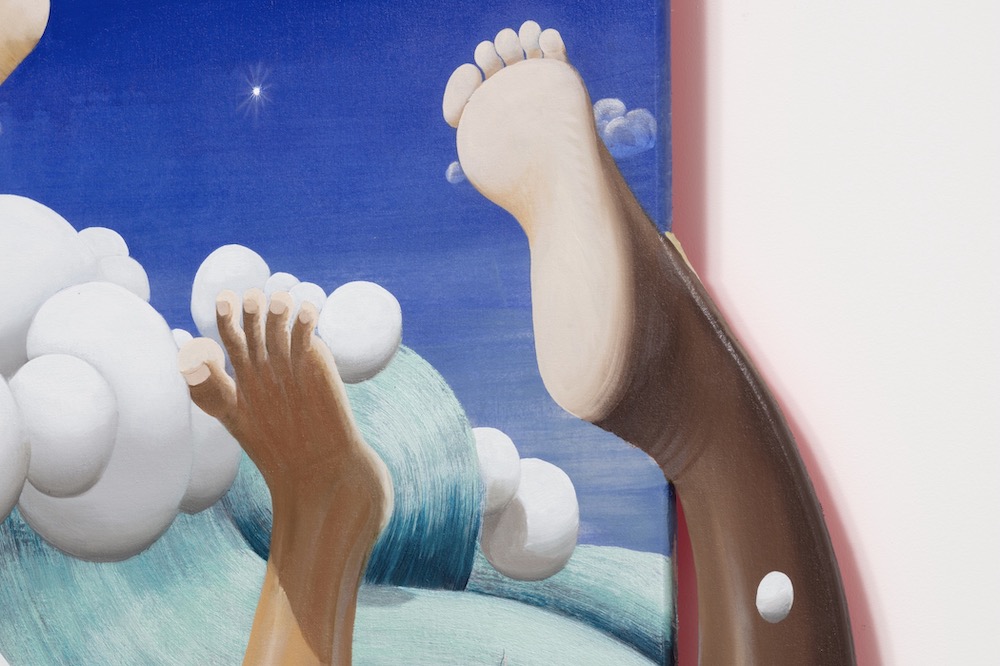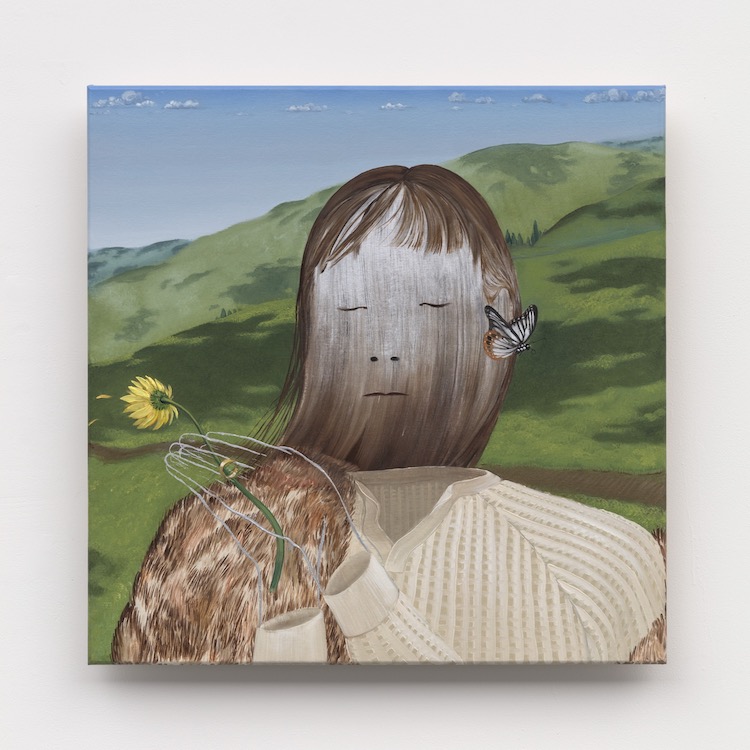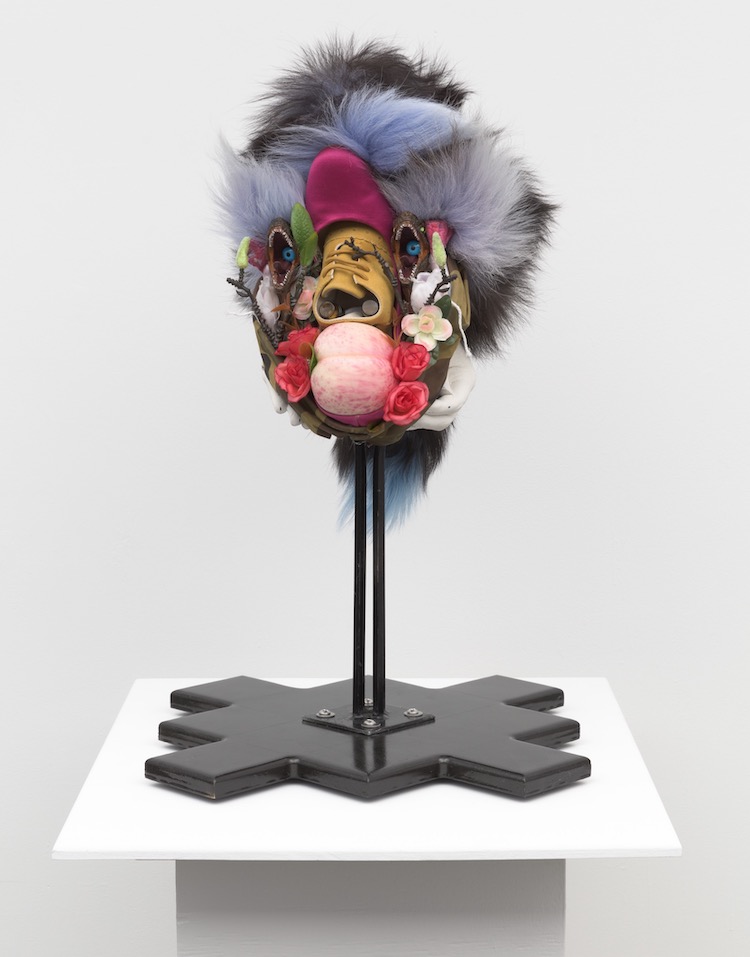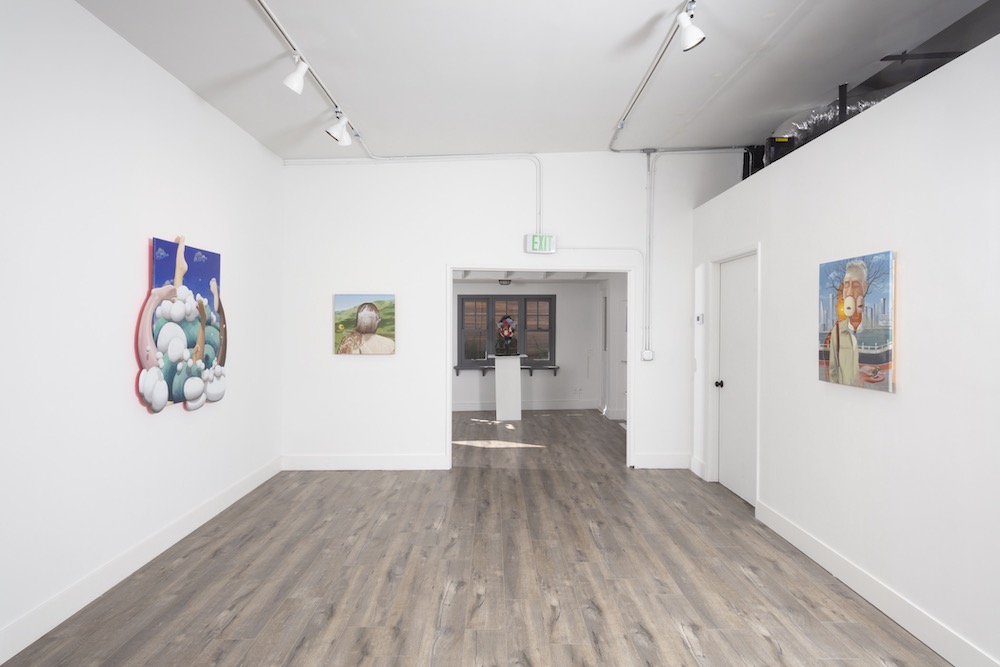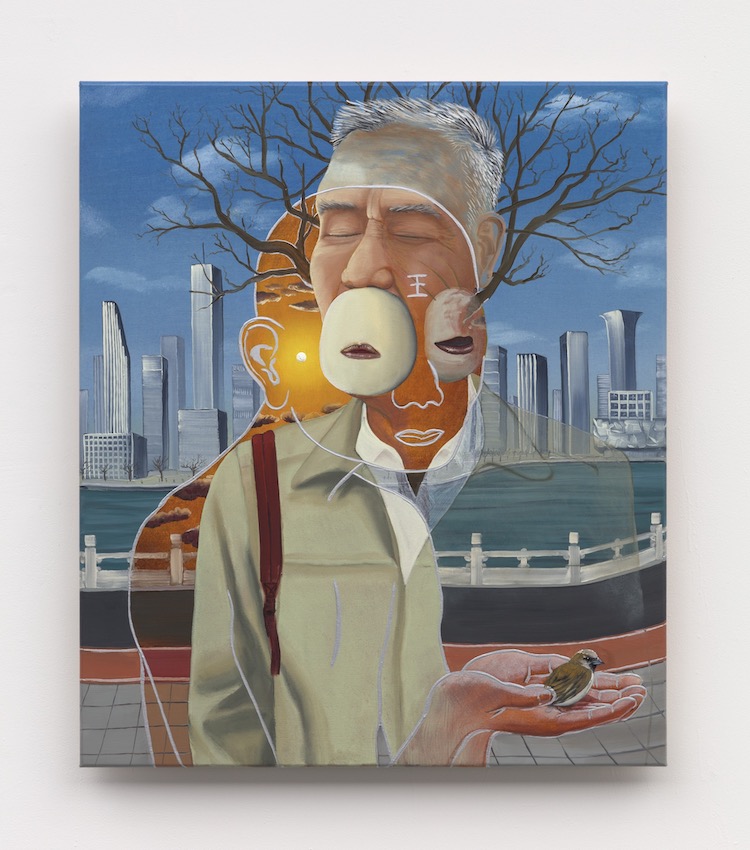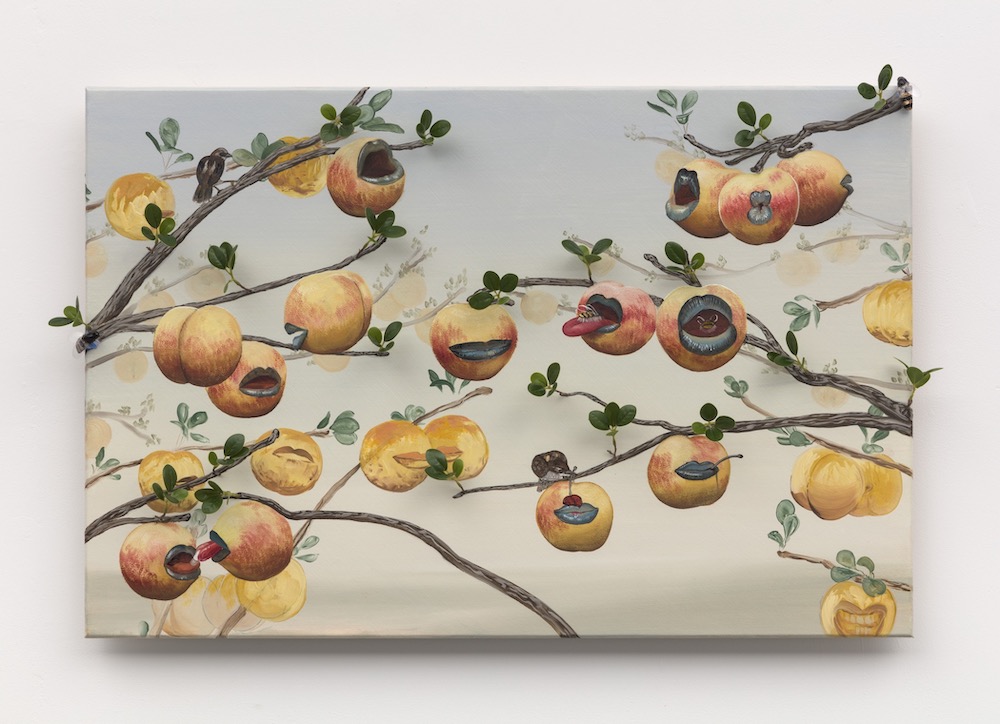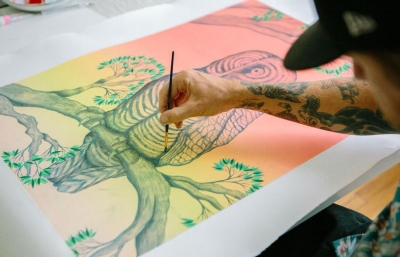Portraying the complexity of the human figure and its condition has been an eternal challenge for artists since the dawn of time. And with all the concepts, approaches, techniques, and developments we've seen to date, it feels like this is still an inexhaustible source of inspiration, continuously modifying, elaborating, and compounding alongside its everchanging surroundings. And one of the more recent and noteworthy explorations of the matter comes from Miguel Angel Payano Jr who is currently presenting a new body of work entitled Elusive Matter over at Make Room in LA.
Comprising multiple bodies of works, realized in pure paintings, heavy collages, relief sculptures, and sculptures, Payano Jr's West Coast solo debut is strongly influenced by the personal experience of a cultural transient. From the Spanish-speaking childhood in Washington Heights, the English-speaking halls of his Northeastern education, to his Chinese-speaking adopted home of Beijing, the scope of highly diverse influences conditioned his approach to art-making, both on a technical and contextual level. "On one hand, it refers to what I call the “through-line” of the show or the unifying theme among all the presented artworks—shifting references to nature through the use of landscape or peach branches. On the other hand, it refers to the nature of my studio practice, which shifts between my own methods of working. There may also be a third hand, a reference to the multicultural milieu that informs the work," the artist explained to Juxtapoz the title of the show, giving us a taste of complexity that is captured within each individual piece.
Although highly diverse in so many ways, there is an underlying thread that connects the Magritte-like acrylic and oil paintings, their elaborated and sort of animated mixed-media iterations, as well as ready-made object assemblages. And if one fails to notice the range of recurring elements, from landscapes, over different depictions of the skies, to Sakura branches or an abundance of lips, the motif of an anthropomorphic peach is certainly an eye-catching and mind-boggling element. When asked about the origin of these, Payano Jr told us, "In 2016, I returned to NYC after nearly two decades of living almost exclusively in Beijing, China. I needed to reconnect with my people in the US, so I thought grad school would be a good space for that. Code-switching became a way of living and really got me thinking about socialization or how people are indoctrinated into their respective cultures. The peaches and mouths helped me put the image to thought and vice versa. On their own, the mouthed peach is akin to a “single-celled human” which I can insert into different systems."
This approach summarizes Payano Jr's ongoing interest in cultural literacy, and in particular, the paths and power structures that constitute cultural indoctrination. From his Afro-Caribbean relatives in the Bronx, over being educated in a predominantly white institution, to regular travel and frequent calls with his Chinese family in Beijing, he has been deeply inspired as well as intrigued by these movements between cultures. And it's such a blend of various influences, a set of different values, and a mix of diverse traditions, that permeates his oeuvre and each individual piece, arguably culminating in his sculptural work. "I see ready-mades more in terms of semiotics, wherein the objects are symbols for both themselves and their real-world associations," the artist told us about these captivating and utterly wild creations. "I am trying to create semiotic constellations where readymades in proximity take on surrealist aspects, i.e. looking like something else, but also retaining their real-world associations." Keeping close to Duchamp's readymades, but also a fan of Sarah Lucas or Xu Bing, these busts are surrealist formal applications reminiscent of Arcimboldo's iconic symbolical compositions. Yet, through the use of familiar and evocative everyday items, Payano Jr. sets a series of hints and meanings, opening the possibility of storytelling that eventually ties up each individual piece. —Sasha Bogojev
Photo credit by Stan Narten and Josh Schaedel

